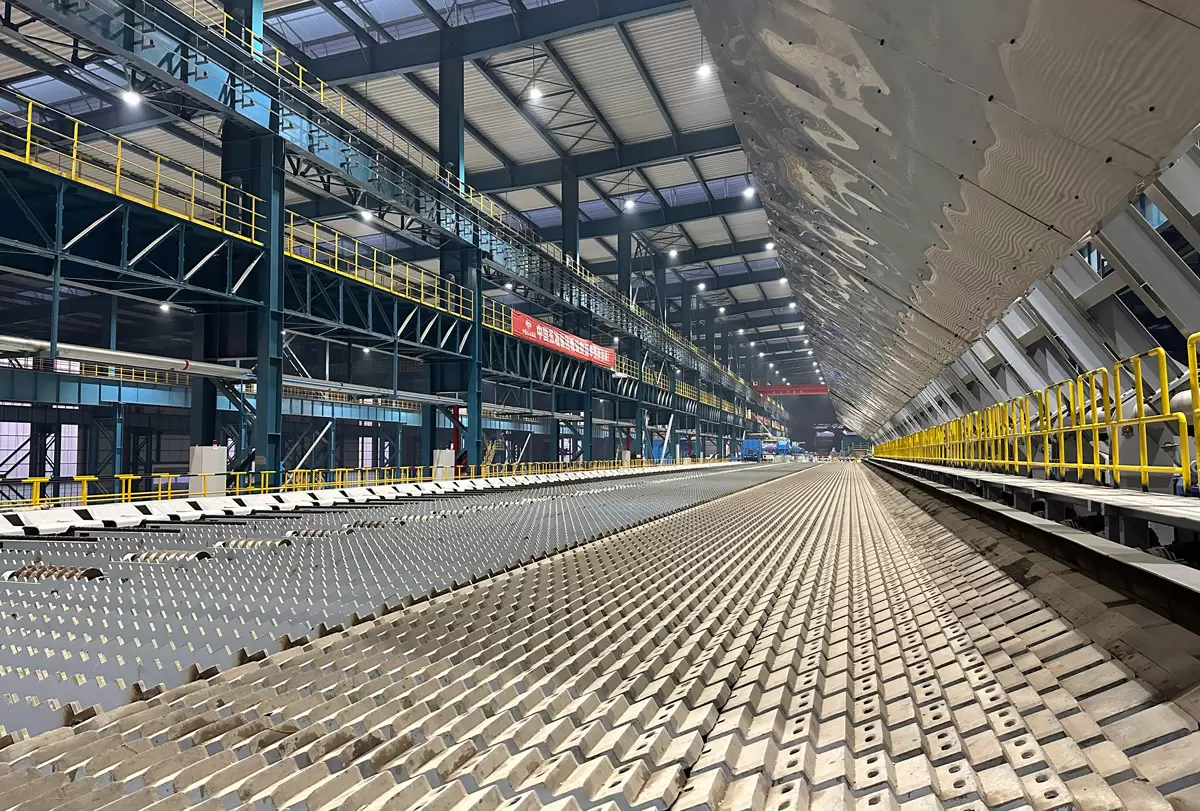Precision car radiator parts play a crucial role in maintaining the optimal temperature of a vehicle's engine, ensuring its smooth operation and longevity. These parts are meticulously designed and manufactured to meet the highest standards of quality and performance. In this blog post, Rui Pu Luo will delve into the intricate manufacturing process of precision car radiator parts for sale, exploring the various steps involved and the technologies utilized. By gaining a deeper understanding of this process, we can appreciate the precision and expertise required to produce these essential components.
1. Design and Engineering
The manufacturing process of precision car radiator parts begins with design and engineering. Skilled engineers work closely with automotive manufacturers to develop detailed specifications and 3D models of the radiator parts. These designs take into account factors such as the vehicle's cooling requirements, space constraints, and material compatibility. Advanced computer-aided design (CAD) software is employed to create accurate virtual representations of the parts, allowing for thorough analysis and optimization before moving to the production stage.
2. Material Selection
Choosing the right materials is crucial in manufacturing precision car radiator parts. Typically, these parts are made from aluminum or copper alloys due to their excellent heat transfer properties and corrosion resistance. The material selection process involves considering factors such as thermal conductivity, strength, weight, and cost. Once the materials are chosen, they are sourced from reputable suppliers and subjected to rigorous quality control measures to ensure they meet the required specifications.
3. Casting or Extrusion
The next step in the manufacturing process is casting or extrusion, depending on the complexity of the radiator part. For simpler parts, casting is employed, where molten metal is poured into a mold and allowed to solidify. This method allows for the production of intricate shapes with high dimensional accuracy. On the other hand, extrusion is used for more complex parts, where a heated metal billet is forced through a die to create the desired shape. This process offers greater flexibility in design and can produce parts with varying wall thicknesses.

4. Machining and Finishing
After the casting or extrusion process, the radiator parts undergo machining and finishing operations to achieve the desired dimensions and surface quality. Computer numerical control (CNC) machines are utilized to precisely cut, drill, and shape the parts according to the design specifications. This step requires skilled operators and advanced machining techniques to ensure accuracy and consistency. Once the machining is complete, the parts undergo various finishing processes, such as polishing, deburring, and surface treatment, to enhance their appearance and durability.
5. Assembly and Quality Control
In the final stages of the manufacturing process, the precision car radiator parts are assembled and subjected to rigorous quality control measures. Skilled technicians carefully fit the components together, ensuring proper alignment and functionality. The assembled parts are then thoroughly inspected using advanced measurement tools and techniques to verify their dimensional accuracy and performance. Additionally, various tests, such as pressure testing and leak detection, are conducted to ensure the parts meet the stringent quality standards set by the automotive industry.
Conclusion
The manufacturing process of precision car radiator parts is a complex and intricate endeavor that requires a combination of engineering expertise, advanced technologies, and stringent quality control measures. From design and material selection to casting, machining, and assembly, each step plays a crucial role in producing high-quality radiator parts that meet the demanding requirements of modern vehicles. By understanding this process, we can appreciate the precision and craftsmanship that goes into manufacturing these essential components, ultimately contributing to the efficient and reliable operation of our cars.
https://www.rplmachining.com/Manufacturing-process-of-precision-car-radiator-parts.html
www.rplmachining.com
Rui Pu Luo



